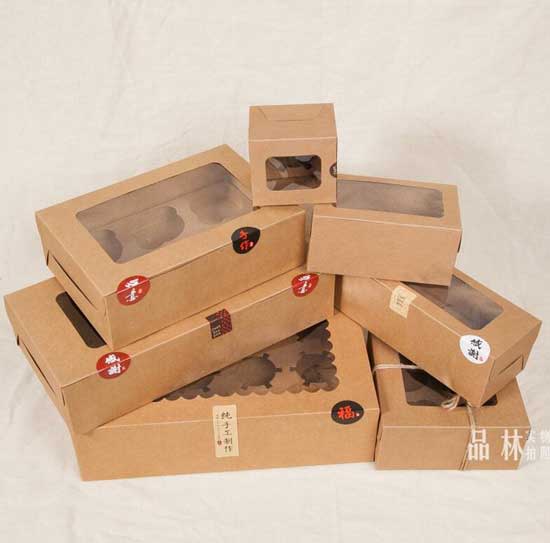Paper has a tendency to absorb water. And, any packaging made up of water will show similar behaviour. Paper, cardboard, cartons, paper boards, etc. are commonly used in secondary packings. Water absorptiveness largely depends on properties of paper like porosity and sizing. In this post, we will shed some light on techniques to measure the cobb value of the paper. If a sample has higher cobb value, this means it can absorb and retain more water. On the other hand, lower the cobb value means, the sample resists the penetration of the water to a great extent.
As per the industrial demand, application demand and testing standards, the cobb value of the paper or board need to be maintained.
What is a Cobb Sizing Tester?
It is an instrument to determine the water absorbance capacity of the sample. In this test, the sample is exposed to the water for some time and its weight is measured. The final result will have the weight of water plus sample. It measures the water resistance of the paper. It is widely used for comparison of samples, keeping the intended working conditions in mind. This test gives a close approximation of the porosity of the corrugated boxes, paper, paper towels, etc.
Standard Operating Procedure
Cobb sizing tester is a significant instrument that evaluates the water-absorptive quality of the packaging materials and prevents the damaged caused to the products. The testing procedure is simple and easy providing a precise result.
- Cut out a circular sample from the original sample.
- The circumference of the sample should be larger than the diameter of the rubber weight.
- Weigh the sample and place it on the platform, between the cylinder and rubber pad and support. Tighten the sample to avoid any water leakage.
- Pour the water in the cylinder up to the water mark and let it rest there for at least 1 minute, maximum to 10 minutes.
- Remove the water and take the sample out.
- Using the stainless-steel roller, remove the excess water from the sample.
- Now weight the sample again. The difference in weight is cobb value of the sample.
Features
- It has a stainless-steel cylinder with a rubber gasket to avoid any water leakage.
- The instrument is made up of corrosion resistant material.
- It requires minimum maintenance as there are very few wearable components.
- A stainless-steel roller is provided to drain out excess water during the test.
- It is a complete manually operated instrument.
